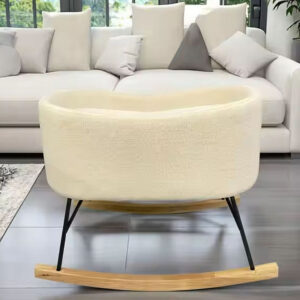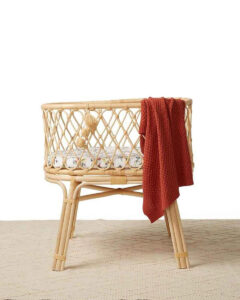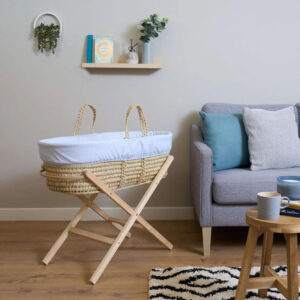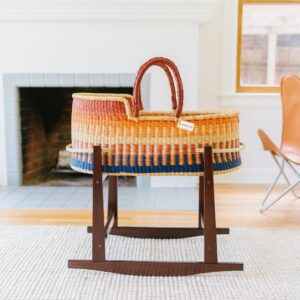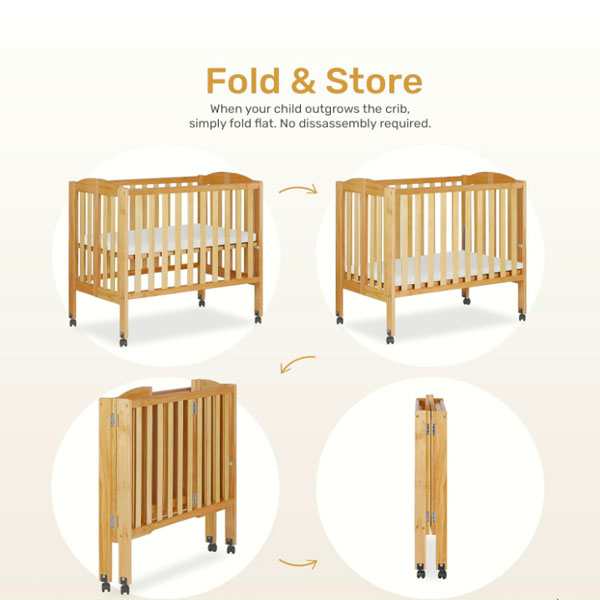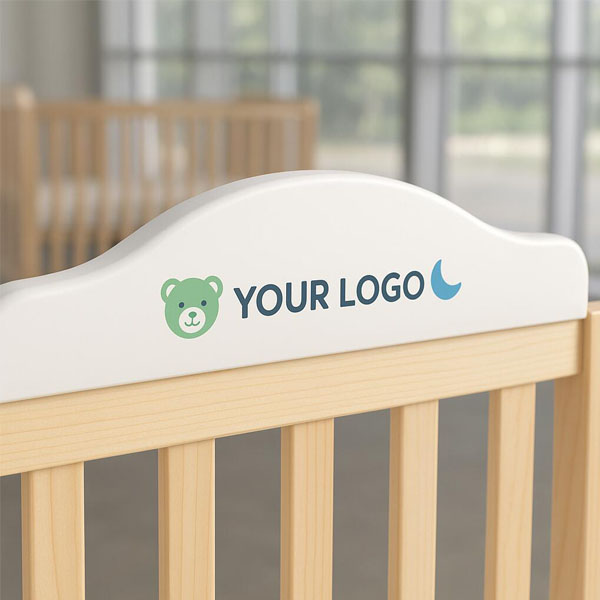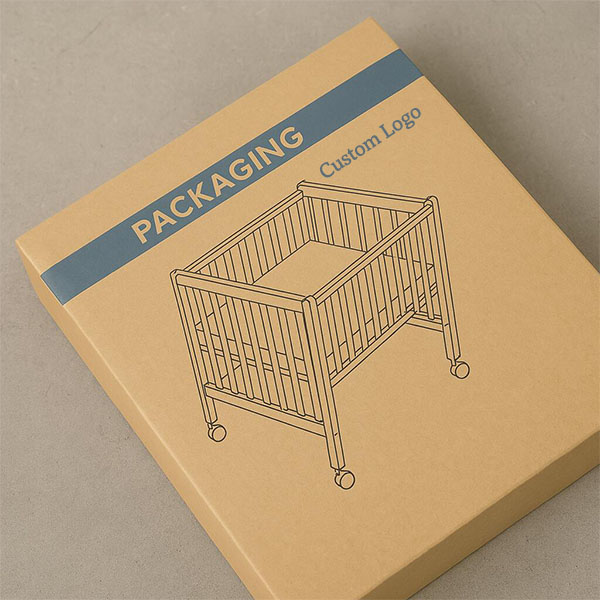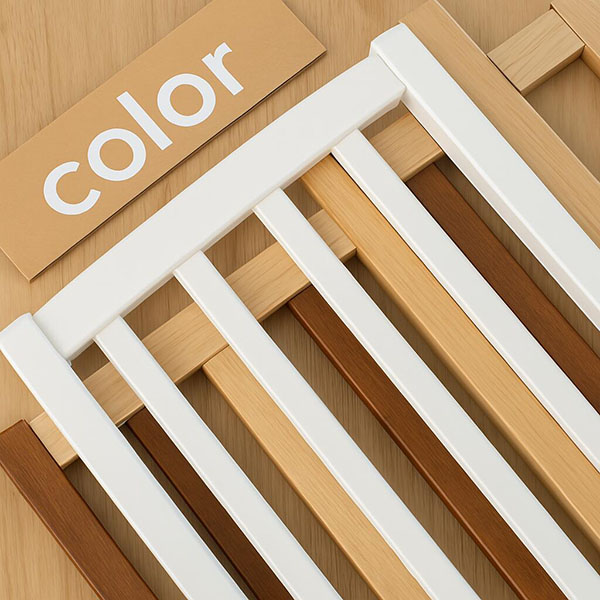How to Clean a Cheese Board?
Cleaning a cheese board properly is essential to maintain its longevity and hygiene. Here’s a guide on how to clean it and whether it’s dishwasher-safe:
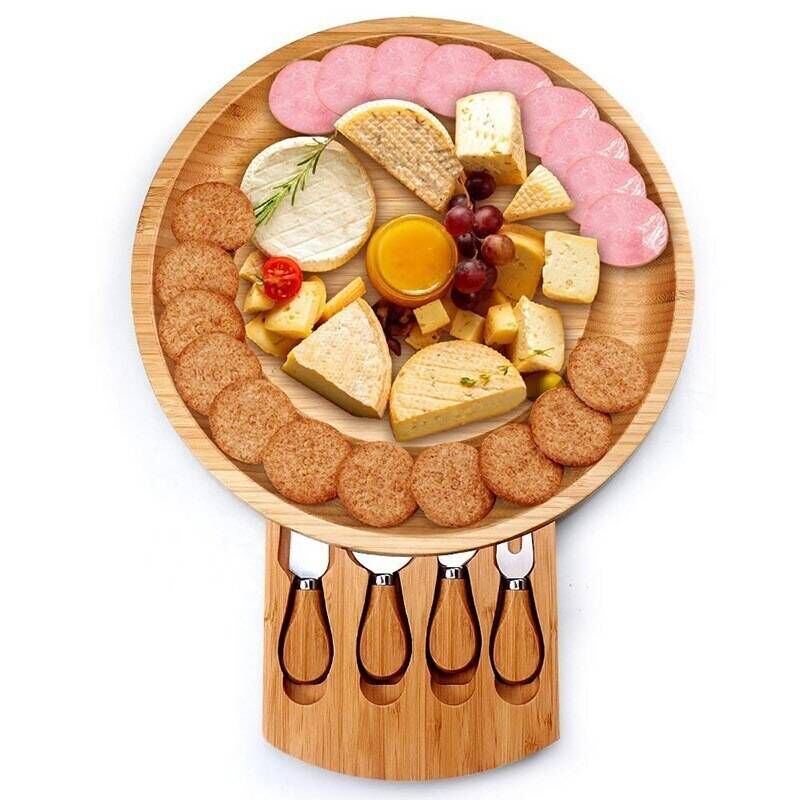
- Wash Immediately: Clean the board right after use to prevent lingering odors or stains.
- Hand Wash: Use warm water and mild dish soap. Avoid soaking the board, as prolonged exposure to water can damage the material.
- Scrub Gently: Use a soft sponge or cloth to scrub the surface. Avoid abrasive scrubbers that can scratch the board.
- Remove Stubborn Residue: For stuck-on cheese or stains, sprinkle salt or baking soda on the surface and scrub with a damp cloth or sponge.
- Disinfect Occasionally: To disinfect, use a solution of one part white vinegar to four parts water or a food-safe disinfectant spray.
- Dry Thoroughly: Pat the board dry with a clean towel and let it air dry completely in an upright position to prevent warping.
- Oil Regularly: For wooden boards, apply food-grade mineral oil or beeswax periodically to maintain the wood and prevent cracking.

Which cheeseboards are dishwasher safe?
- Wooden Cheese Boards: No, as the heat and moisture can cause warping, cracking, or splitting. Always hand wash wooden boards.
- Bamboo Cheese Boards: Not recommended, as bamboo is prone to cracking in the dishwasher. Hand washing is best.
- Marble or Stone Cheese Boards: Yes, they are generally dishwasher-safe, but hand washing is gentler and preserves the surface.
- Plastic or Acrylic Cheese Boards: Yes, they are dishwasher-safe and can withstand the heat and water.
Always check the manufacturer’s instructions for specific care recommendations based on the material of your cheese board.

